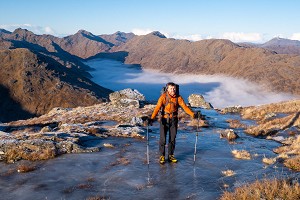
It's not a technical model for climbing, or more demanding mountain days - and it's not marketed as such - but the Affine is a decent midweight synthetic insulated jacket for general use. It's proved better for hillwalking than its fairly casual image initially led me to assume. I should learn not to judge a book by its cover. While the cut and features are only so-so at best, the stretchy fabrics really sell this jacket.
Fit
The Affine comes in either a men's or a women's fit, both in an admirably huge range of sizes (the women's goes up to 20, something other outdoor brands should take note of).
On the downside, the cut seems pretty basic. I'm 1.83m tall, and not skinny, and on me the size L fits quite closely, with a below-waist hem length to keep the draught out at the midriff. I've room to fit it over a couple of other layers (I've generally been pairing it with a Berghaus Fournier midweight fleece which I'm also currently reviewing), but only just. I find the sleeve restrictive with a bent elbow, and the fit at the armpit a bit tight when you're layered up. With my arms raised, the hem lifts a long way. This would basically rule out the Affine for any climbing or scrambling, though it's much less of an issue if you're just walking. The loose fit stretch-bound cuffs will fit over bulky gloves, but don't do a lot to keep out spindrift or wind.
A mid-height collar gives some degree of neck coverage, but except at the front where it's held up by the zip, the collar tends to sag down, so you don't get much wind protection at the side of the neck. At a push the hood can just about be pulled over a helmet, but head movement is restricted; this is more of a walker's jacket, with a hood to match. There's a single rear volume adjustment, which can be operated wearing gloves, tightening to give quite a close fit around the back of the head. A small stiffened brim adds some structure over the forehead, but at the sides there's no drawcord or any kind of stretch hem, so in blustery weather I've found the hood can flap around and let the wind get to your cheeks. It's not fully up to the demands of winter mountains. When it's windy, not just when it's wet, you'll want to think about adding a shell.

Weight
Berghaus do not give a product weight on their website, which (like the jacket itself) seems oriented towards a more casual customer. If you're winter climbing on The Ben then you might want hard info on what it weighs, and what it's made from; but then you wouldn't pick this jacket for that.
Elsewhere I've seen Berghaus quote the men's jacket as 534g (large) and the women's at 464g (size 12). I make my size Large review jacket 533g. Though this is a fairly random sample, it's probably worth comparing the Affine with two other synthetic insulated jackets I've reviewed recently: For 80g (and £130) more you could have a Mountain Equipment Fitzroy, which is in a different league of warmth and performance; alternatively, for the same price as the Affine, the Montane Fireball is definitely not quite as warm, but at 408g it's a lot lighter and more packable, besides being better cut for active use. Though the Affine is less technical and winter-mountain-worthy than either of these, I think it's reasonably light for the amount of fill on offer, so its warmth:weight ratio is actually pretty good.

Insulation
Information on the fill is scanty on the website, so I asked the Berghaus product team for extra detail. There's more to it than meets the eye, and I think this is a rare case of a brand under-selling their design.
Two sorts of insulation are used in the Affine, body mapped to maximise warmth and mobility in the places where each is more important. In the baffled parts of the jacket that cover most of the body, the top side of the sleeves, and the top of the hood, it's a 100% recycled loose Polyester insulation. Looking like a load of tiny synthetic cottony balls, this behaves a bit like down (hence the baffles to hold it in place) and has a good loft and recovery. In my size Large sample they say there's 130g of this insulation, which feels like a reasonably generous amount for a midweight synthetic insulated jacket. Weight for weight it's clearly not going to be as warm as a quality down, nor a top-end branded synthetic fill, but I've still been pleasantly surprised by the Affine's warmth. Here's a close-up shot provided by the design team:
In the sides of the body, the underside of the arms, around the bottom hem, and at the front of the abdomen, Berghaus have gone for a Polyester sheet insulation, which is 'non-migratory' and so doesn't need baffles to hold it in position. At 60g/m2 this is lighter and thinner than the areas of loose fill, which makes the jacket softer, more mobile, and less bulky in areas where you might want a bit more movement and don't necessarily need the higher level of insulation. The sheet has a bit of stretch, so it marries well with the stretchy fabrics.
Fabric
Again, there's quite a lot going on with the build of the Affine, not something you might appreciate at first glance. In the baffled areas it's an 87% Polyamide, 13% Elastane fabric, while on the non-baffled parts it's 89% recycled Polyamide combined with 11% Spandex. Both outer fabrics are a thin, lightweight 20D, and I don't think either feel hugely durable: this isn't a jacket for regular rough treatment. There's loads of stretch in all the fabric, and this really helps with freedom of movement, making up to a large extent for any deficiencies in the active cut (or lack of).
All external fabric is treated with a PFC-free DWR, so light moisture beads off readily - at least when the jacket is new. It feels quite windproof, but I've also found that by the standards of a synthetic insulated jacket the Affine does not instantly get clammy inside when you start working hard. Beghaus tell me that the fabrics in the Affine are more breathable that those used on some of their other synthetic insulated garments, but they do not have figures for the jacket itself (which of course includes insulation as well as fabric). I think the level of wind resistance is good, but this definitely should not be thought of as one of those weather-proof insulated jackets that can be worn with no shell in so-so conditions.
Instead of the old fashioned stitch-through construction, the baffles are woven into the fabric, so there are few stitched seams to get damaged or let the wind in. Despite the lack of stitching, you do however still get cold spots along the strip between each baffle, where no insulation can be held. I do really like this 'stretch woven' construction though, which as the name suggests allows the baffles to stretch along with the rest of the fabric (where stitching wouldn't).
Features
Since this is a less technical jacket, it might come as no surprise that the two external zipped hand pockets are fairly small - there's just about room for ski gloves, but not a map - and positioned low on the body so that they become unusable if you're wearing a rucksack hipbelt. It's unfortunate that there's no chest pocket, since we all carry phones these days, and this would be the place to keep it in cold weather. Inside, the bags of the hand pockets double as two small drop pockets, which may be a better place to keep your spare gloves.
You get a robust YKK Vislon main zip, with an adequalte draught-excluding strip, and twin hem drawcords which can be used with gloves. That's it really - keeping it simple is no bad thing.
Environmental credentials
The materials used in the Affine are Bluesign approved, which means they're certified to meet some quite high standards on resource use, pollution, workplace conditions, and consumer safety. The Bluesign group monitors the complex manufacturing process from raw materials to finished product. If you want to ensure the product you're buying has been made reasonably responsibly, then it's a useful mark to look out for. Bergaus say the fabrics are "mostly recycled" too, though it would be good to have a percentage figure on this.
Summary
While it's not intended for climbing in, and would not be warm enough to use as a winter belay jacket or an emergency insulating layer for winter hillwalkers when the weather crap really hits the fan, the Affine is a good midweight synthetic insulated jacket for general use. I've found it can be worn on the go without instantly getting too sweaty, so it does have relevance to hillwalking in less demanding conditions, too. The cut may be unsophisticated, but its stretchy fabrics compensate. Though it's perhaps a bit pricey for what you get, I've found the Affine an easy jacket to get along with.
Berghaus say:
Lightweight, super warm and wrapped in a lovely stretchy fabric for great freedom of movement and fit, the Affine is packed with useful features for long winter days outdoors, including a snug hood, two zipped handwarmer pockets and a PFC-free durable water repellent (DWR) treatment on the face fabric. The bluesign® approved materials are also mostly recycled, so this is a truly sustainable jacket.



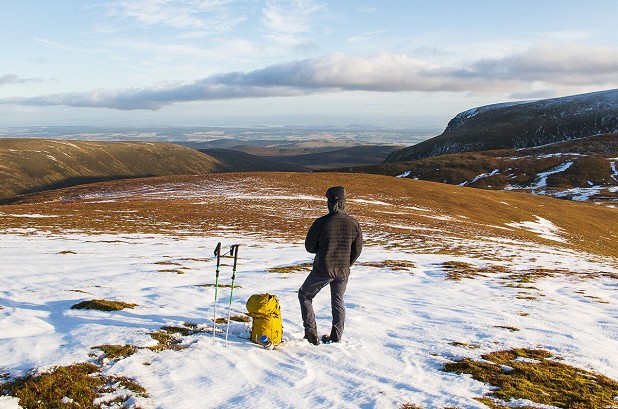


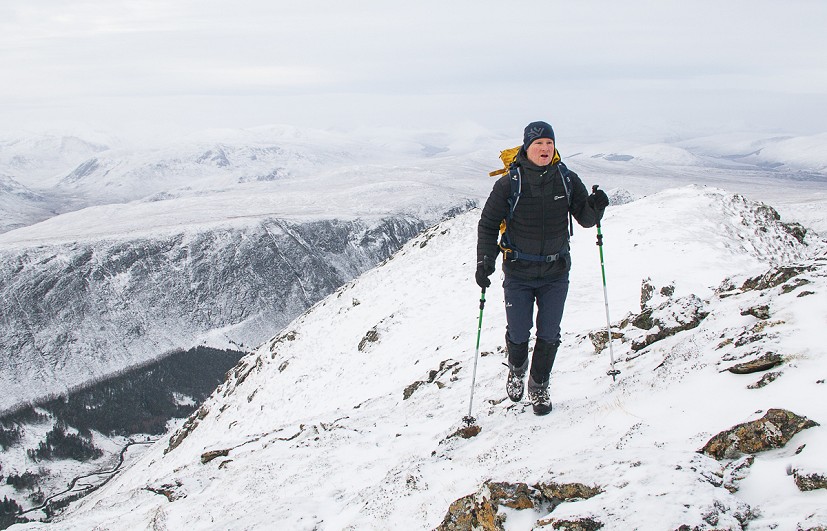
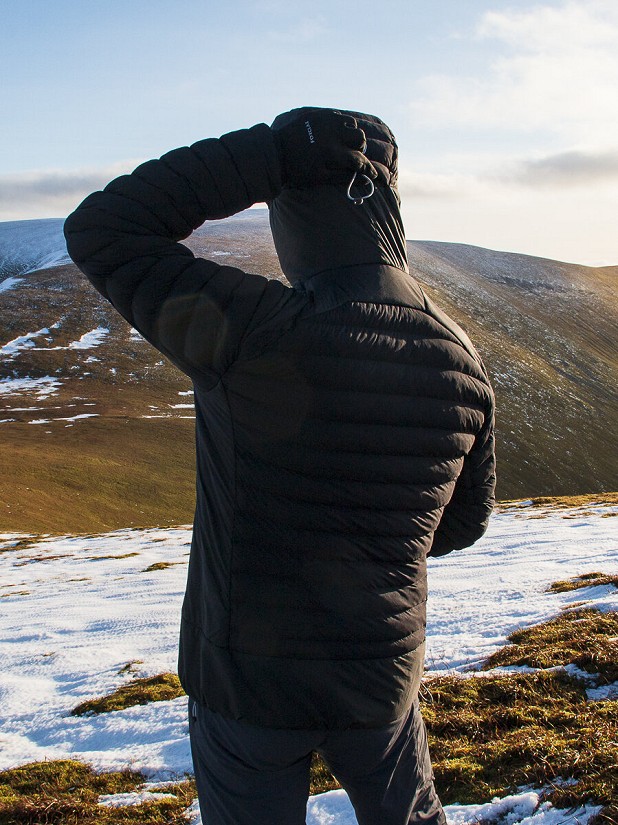
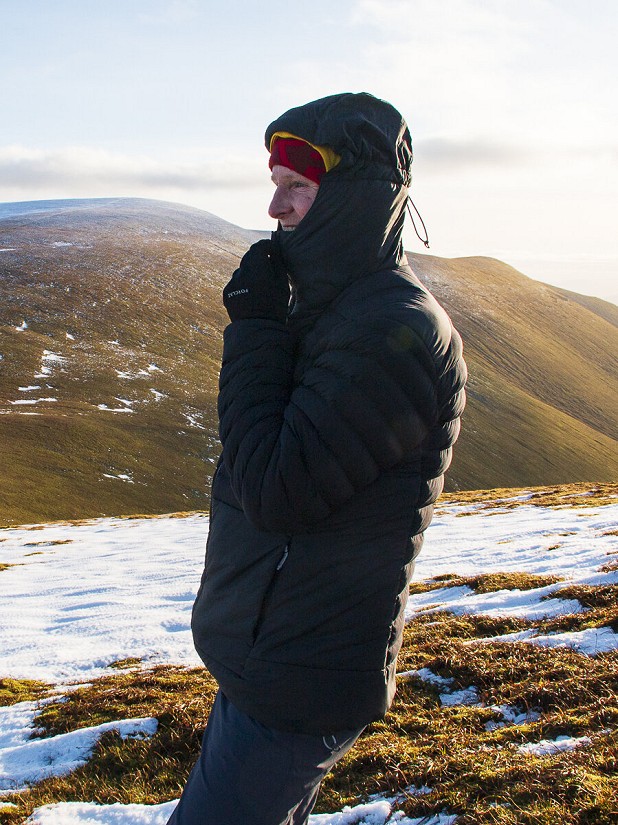
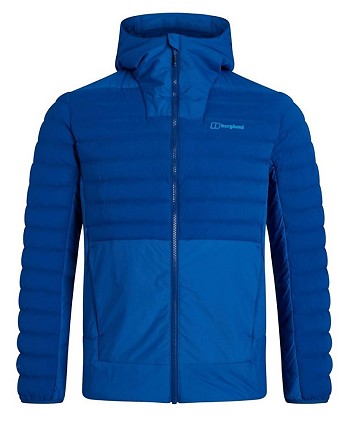

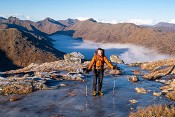


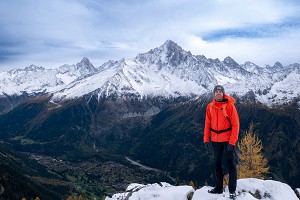

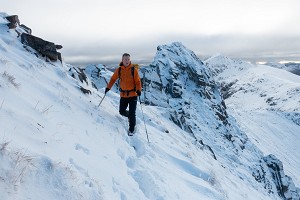

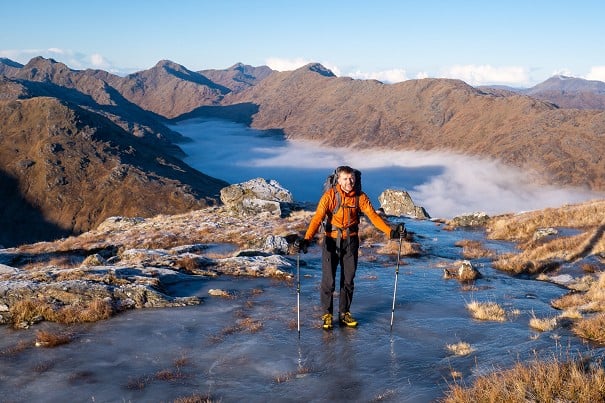

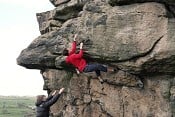
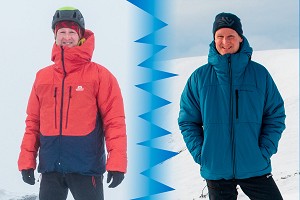

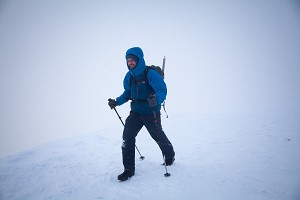

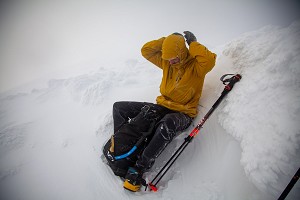
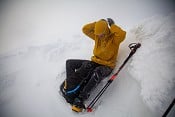
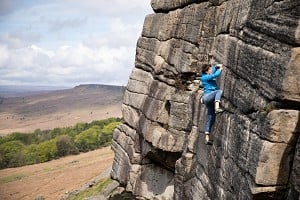



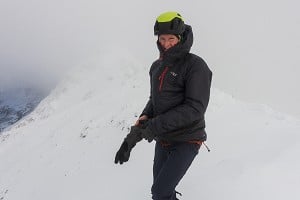
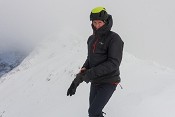
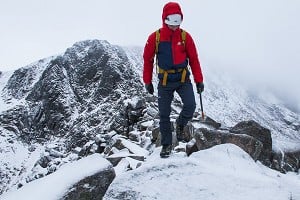



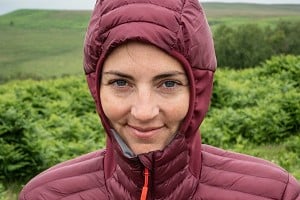


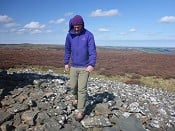
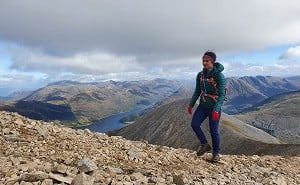
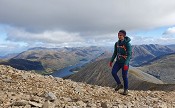


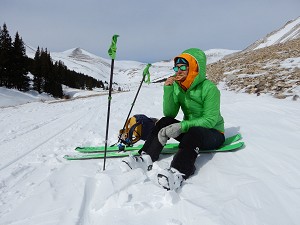
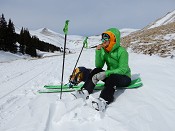
Comments